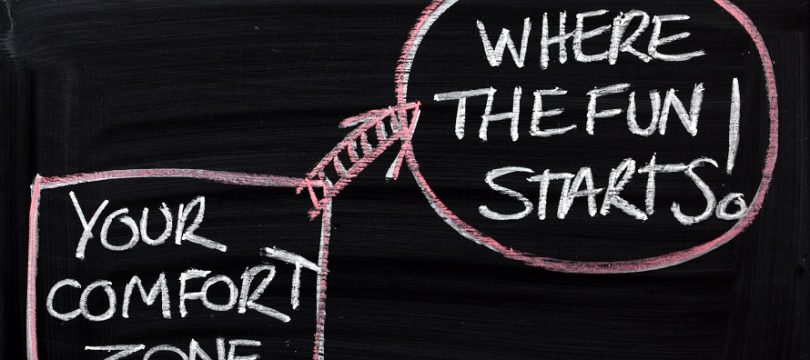
I have the privilege of working with a range of different bid, project and leadership teams. The work I particularly enjoy is working with high performance teams who are driving outstanding outcomes and working together as one team. I am often asked what separates an average team from a high performing one? How do they operate on a day to day basis?
There have been a number of blogs we have written in BRS addressing the above questions around high performing teams and organisations and how they operate. A more relevant question that really hones in on high performing teams and individuals that I have observed is what is the one thing that stands out with them from other teams and individuals that makes them high performing? The answer to this in my opinion is that they are comfortable with the uncomfortable and they actually thrive in it.
This is a really critical attribute to have in a team or individual. Times are changing more than any other time in history. Disruption through technology, change, and markets mean that the ability to thrive through this ambiguity is critical for personal and organisational success. There is a need to develop this important attribute in a manner that allows individuals and teams to know that change and challenge is a constant. What we need is individuals and teams that can respond to this in a constructive manner that drives better outcomes for us all.
So what does being comfortable with the uncomfortable actually mean? I have detailed some of the key elements I observe within this context around high performing teams and organisations:
- They thrive during challenging times – Change, dysfunction and challenge is where they embrace this and look at how they work through it;
- They focus on their response and their thinking as they know this is what they can control – Everyone else is noise and distractions and they hone in on this to ensure they manage their precious time and energy;
- They embrace difference in preferences and strengths in individuals in order to develop a high performing team –This is an important ingredient in ensuring they can respond to change and also deal with ambiguity;
- They trust their processes – They prepare, plan and execute well and know their habits individually and collectively as a team to increase their probability of success; and
- Even though they plan and prepare well, they have enough flexibility to respond to inevitable challenges that come up in a project or bid – They create this flexibility in their planning to ensure they are not rigid in their approach to delivery.
If you look at the root cause and key skill around being comfortable with the uncomfortable, it comes down to individuals who are coachable and have a growth mindset rather than a fixed mindset. This draws upon the work of Carol Dweck who I wrote previously on Fixed vs growth mindset – A key attribute behind improvement and growth in executive coaching programs. By embracing a growth mindset, it allows them to think and respond to challenge, change and ambiguity in a manner in which they don’t feel threatened by these external events that are outside of their control. They embrace growth whilst thinking and responding in the most constructive manner. This allows the team to exhibit high levels of trust with each other and within the team to deliver outstanding outcomes.
If you are looking to grow people and teams in becoming comfortable with the uncomfortable, help them develop their growth mindset and constructive responses. Create the environment that allows them to grow together in this manner and watch teams thrive to respond to the many challenges we all face in many areas including globalisation, change, challenge and constraints.



